It’s not easy to keep up with wine terminology. One minute somebody is talking about regenerative farming, while the next, a winemaker is touting the benefits of fermenting Sauvignon Blanc with indigenous yeast. But in this day and age, enough is known and respected about biodynamic wine growing that you should know a thing or two about the philosophy.
We won’t pretend this is a full course on the subject, but we’re here to break it down to its basics for you. Many subscribe to conventional farming methods, as they often afford the most bang for your agricultural buck. This is especially the case since the industrial revolution, which suddenly outfitted growers with superpowers, aka fertilizers, pesticides, herbicides, etc. Since, and especially in the last couple of decades, a growing number of producers are opting to go the biodynamic route — one informed by sustainability, a holistic model, and a few mythical accents sprinkled on top.
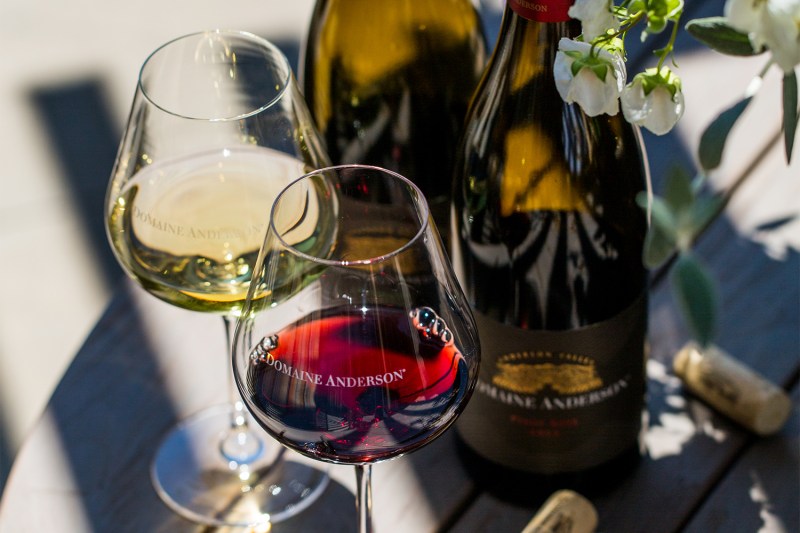
What Is Biodynamic Wine?
It all started in the late 19th century by an Austrian named Rudolf Steiner. Like so many approaches that have come in and out of favor over the years, his, in many ways, wanted us to return to our old growing ways. That is less unnatural inputs (even if they mean higher yields) in favor of natural ones. Moreover, Steiner asked that we utilize what’s naturally occurring right in our backyard or reintroduce a native species of some kind. And for a practice like winegrowing, which involves sprawling estates all over the planet, that can mean a lot of things.
This is the key difference between a biodynamic wine and an organic one. Organic products are a step in the right direction, but a biodynamic producer would argue that while everything involved in the process is natural, it’s not always naturally occurring in that particular place. In other words, the inputs are organic and healthy (think nettles, yarrow, chamomile, and more), but may be foreign to the system itself. A biodynamic producer would leverage something that already exists within their immediate biodiverse landscape to do the job. And in doing so, they would continue to argue, the system stays strong and intact.
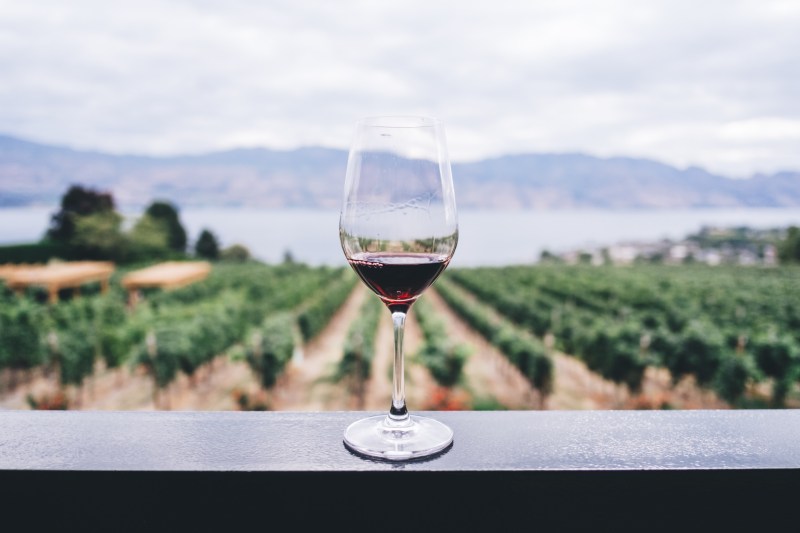
The best way I heard this broken down to me over my many years in wine was by comparing the vineyard to the immune system. If there’s an illness, mildew, or a pest of some kind in the vineyard, it’s tempting to go with the fast-acting medicine. But if that medicine is not something the vineyard is naturally familiar with, a dependency could form. The system itself would be weaker and kept afloat by whatever that input happens to be. Many biodynamic producers would argue that by letting the system figure it out, and potentially losing a few vines in the process, the overall system would be stronger and able to weather future issues should that problematic guest return.
The image that tends to be associated with biodynamics is the cow horn filled with manure, buried in the vineyard at a certain time of the year according to the astrological calendar. That image sort of sums up the more cosmic side to it all, which of course is hard to quantify. Perhaps more importantly, biodynamic wine growing is more sustainable because it’s easier on the environment and involves minimal intervention. Again, it’s holistic, so we’re talking about soils too, which may be the most important component of all as they’re rich with all kinds of healthy microorganisms that sustain the whole system, not to mention produce the best wines.
Why Are Biodynamic Wines Controversial?
Well, big agriculture still runs the show and very much wants your business. Biodynamic farming is riskier as you don’t have access to all those quick fixes, those sprays, those applications, those band-aids. And, to be frank, the jury is still out in terms of resulting wine quality. Proponents tout more aromatic and expressive wines (I tend to agree), free of inputs that might dampen their character. And while there’s probably some truth to that, the more vital aspect is the environmental one. If we’re tinkering with the system less and the vineyard itself is becoming more resilient, we’re paving the way for genuine sustainability.
With climate change very much in the foreground, it will be extremely interesting to see if biodynamic wine growing receives yet another surge of interest. After all, it’s all about boosting the vineyard’s strength in the most natural way possible so it can flourish and adapt accordingly. The certification process is not as up to speed or common as the organic one, so chat up your wine steward and favorite label to see what they’re doing that’s biodynamic or at least inspired by the philosophy. Demeter now has a symbol you can look for on the label, but it’s relatively new. For now, do your homework on your favorite producer’s growing methods, and don’t be afraid to ask questions like, “Why do you apply that in the vineyard?” The answer might suffice or steer your interest in a different direction.
The Best Biodynamic Wineries
There are biodynamic operations all over the globe and a growing number right here in the states. Here are a few domestic names to try.
Cooper Mountain Vineyards
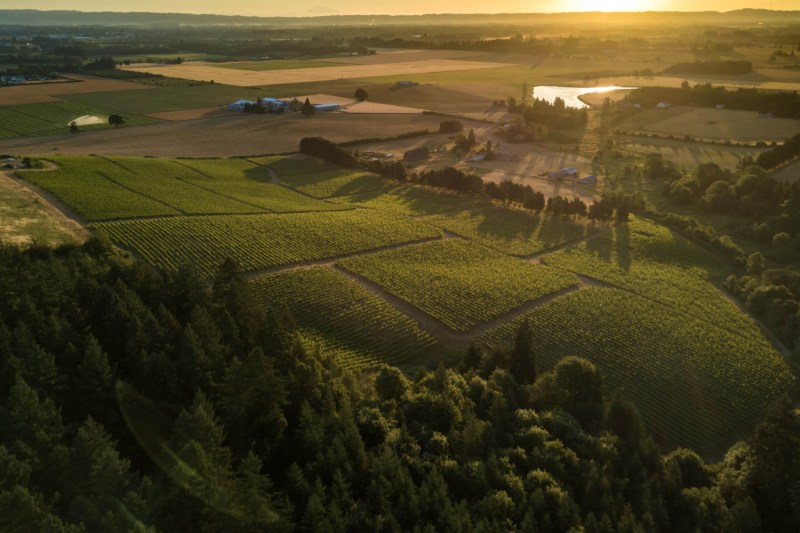
One of the Willamette Valley’s original biodynamic names, Cooper Mountain operates out of its rural Portland outpost overlooking the Chehalem Mountains, turning out especially good old-vine Pinot Noir, Chardonnay, even the rare and snappy Tocai Friulano.
Frey Vineyards
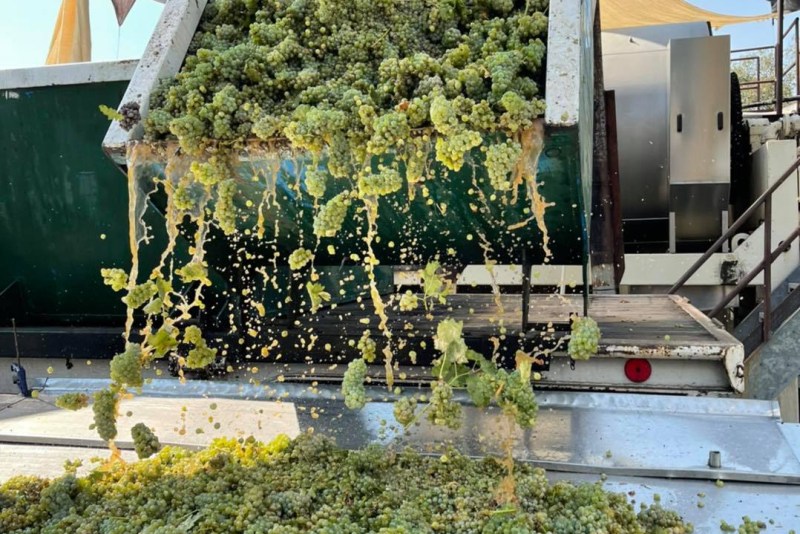
Billed as America’s original biodynamic vineyard, Frey is set in the Russian River Valley, farming mindfully and making some standup Sauvignon Blanc, some bigger reds, and even the occasional field blend.
Domaine Anderson

Out of the Anderson Valley, Domaine Anderson takes a lot of pride in its biodynamic approach, making some tasty cooler-climate wines en route, including some intriguing single-vineyard Pinot Noirs.
Montinore Estate
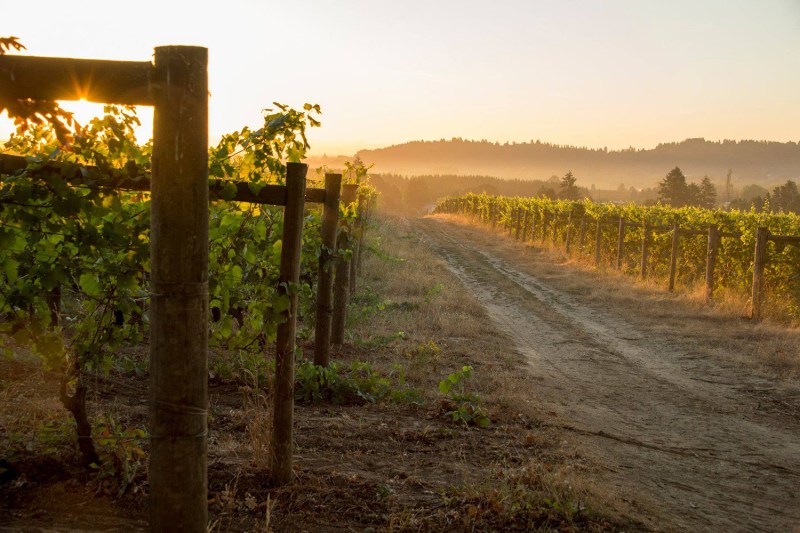
Another fine Oregon outfit, Montinore has become synonymous with sensitive farming techniques that put the land and grapes first and lead to some excellent bottlings, including everything from Müller-Thurgau and Riesling to Nebbiolo and Lagrein.


